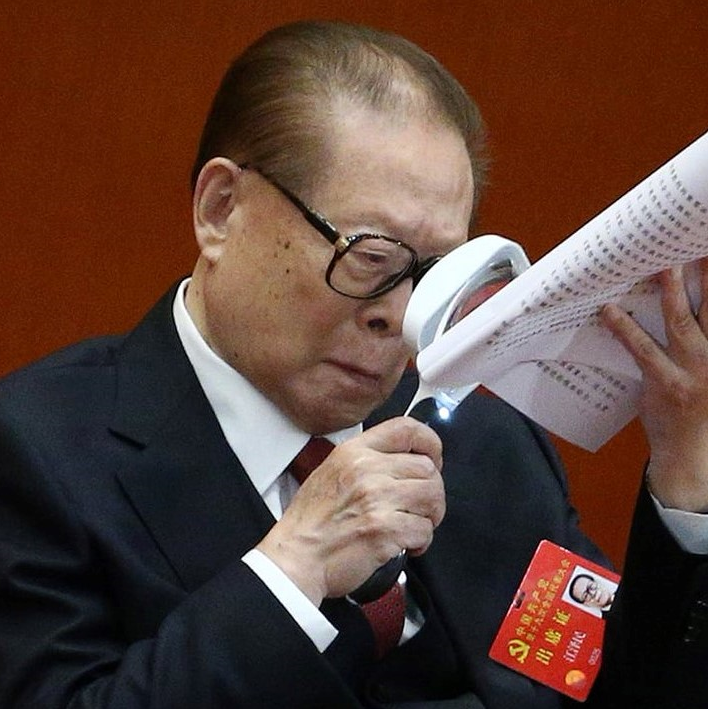Discussion in the Matrix reading group (see this post for instructions on how to join) Saturday/Sunday of week 4, and anyone who’d rather discuss the text here can do so instead (a few questions will be posted here as well)
If anyone wants a reminder on the weekend for this and/or future discussions, mention it in the comments


The form of value that relates one commodity to another in isolation. One holds the position of a use value, and the other an exchange value and reveals the two-fold nature of commodities as both use value and value.
This form expands on the simple form by relating the value of one commodity to every other commodity. By equating one commodity with all others, it can now become clear that simple human labor is the common denominator between all commodities and the determinant of value.
The general form inverts the previous form by relating all other commodities to one single commodity that stands apart for the purpose of equating the values of all other commodities, a universal equivalent.
The money form is the same as the general form, but where the universal equivalent commodity obtains a monopoly on the role of universal equivalent in society and becomes money. Historically, Marx points out, this universal equivalent is typically gold.
Finally the price form then is a single element of the money form where a single commodity is related to the money commodity.
one comment on 7: I agree that the magnitude of value of the commodity on the left side of the equation (relative form) is expressed as a quantity of another commodity on the right side (equivalent form), but IIUC Marx wasn’t talking about exchange values in this section, only values (even if capitalism only expresses value as exchange value)
deleted by creator